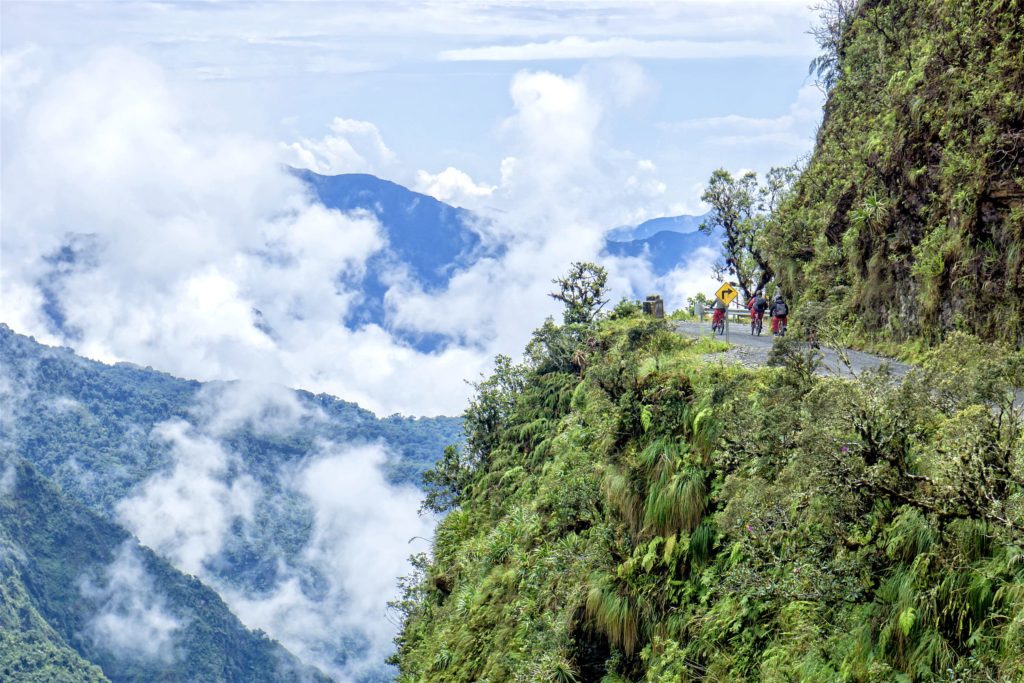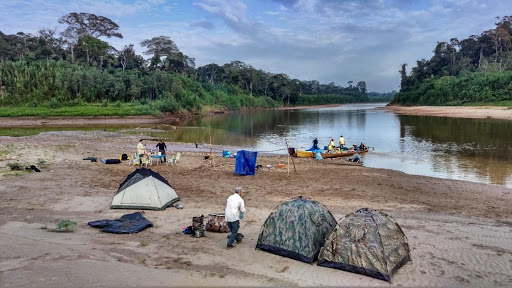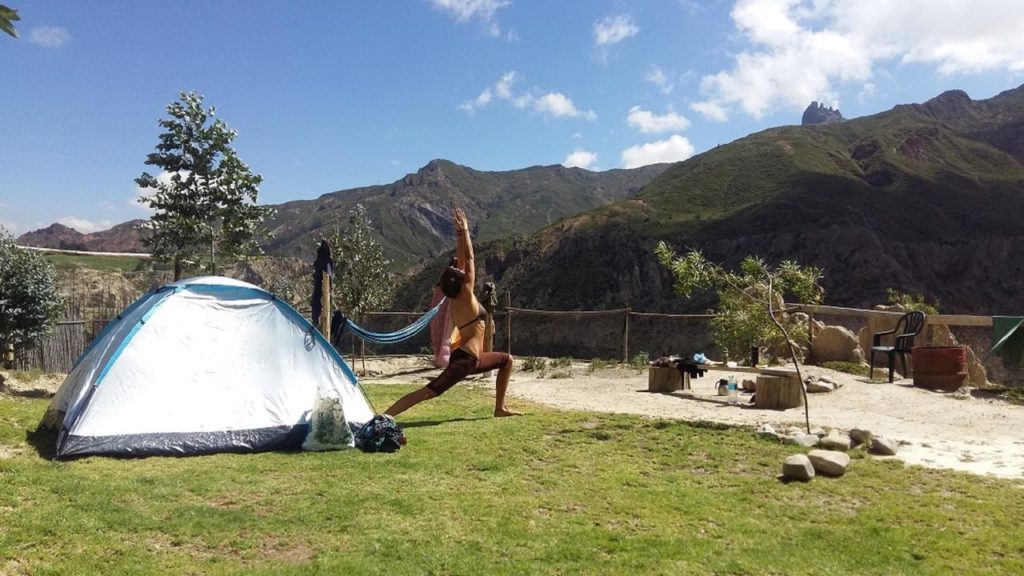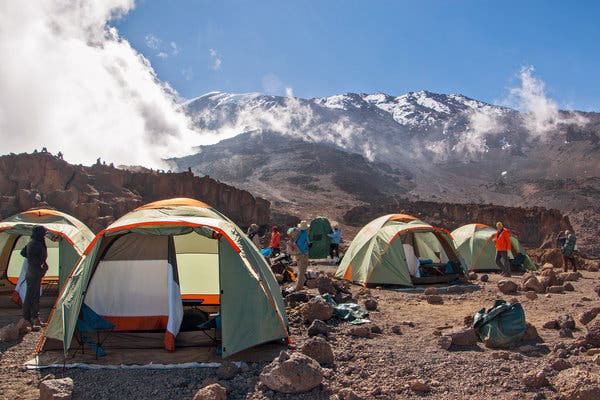Bolivia has long been a country that tends to attract a very specific kind of tourist — someone seeking adventure. This beautiful South American country has major cities that call for exploring, but there are also majestic mountains, thick jungles and plenty of nature all around. For those looking to have a more wild and non-commercial vacation, camping may be the way to go.
Where to Go Camping, and How?
When you first arrive in Bolivia, you will in all likeliness be arriving by plane at one of the international airports in Sucre, La Paz, or perhaps even Santa Cruz de la Sierra. If you’re looking to go camping with a professional guide or tour company (and this is advised for the more “wild” places), you will be able to find them operating out of these cities. It is best if you set this up before you arrive in Bolivia.
If you will not have a car while in the country, then it is best if you go camping with a tour. Be sure to check out the following tour companies when you are planning out your trip:
Bolivia Adventure Planet
Referred to as Planet Aventura in Spanish, this company is primarily for those who want to really explore nature, not just sit back at a campsite the whole time. Among Bolivia Adventure Planet’s many services are their trekking adventures, which take tourists on multi-day trips through some of the more magnificent mountain scenery.

Their four main treks are Apolobamba Sur, Hichukhota-Condoriri, Hickchukhota Botijlaca and the “trans Cordillera”, which begins in Sorata and finishes in Cohoni. If you prefer the jungle, this company also offers treks through the Rurrenabaque Jungle and near the Yacuma River.
Swiss Bolivian Adventures
This tour company offers a very wide range of trips, for both individual travelers and groups. The main treks are follow trails through Bolivian hillsides, and they last between three and seven days. All treks depart straight from the city of La Paz.
Tucan Travel
Marketing themselves as “adventures with passion”, Tucan Travel offers trips for tourists seeking rugged excursions to ancient ruins, deserts, the Andes and more. Some trips will not have you camping outdoors, but they may also still be worth looking into because of their access to such beautiful scenery.
Camping Madidi Tours

If you’re into “environment-friendly” tourism and are interested in going through the Amazon, this could very well be the right tour group for you. Camping Madidi Tours focuses on giving travelers the adventure of a lifetime while promoting sustainability and general ecological efforts in the area.
Now, there are a variety of places to go camping in Bolivia, but they vary in accordance to commodities. For example, some are parking yards with facilities that offer hot showers and toilets, while others have no such things. If you go on one of the aforementioned multi-day adventures with a tour company, you can rest assured that you will have the facilities you need (though they won’t be luxurious), even though much of it will be right there surrounded by nature.
Nevertheless, many people do choose to travel through Bolivia on foot, using public transportation or renting a car. For camping purposes, a car may be best because it will help you get to your destination easier, as well as give you a place to stay should the weather get exceptionally rainy or otherwise harsh. That said, you can still have a great camping trip regardless of how you get to your destination— you just have to make sure you are fully prepared (as discussed at the end of this article).
Bolivian Campsites

Altai Oasis, Sorata
This is a great campground, but it is best if you book a reservation in advance. Campers have access to bathrooms, a kitchen and fire pits.
Thermal Baths, Sajama
There are no facilities, but you can park and camp out close enough to the natural thermal pools. To use them however, you will need to pay around $30.
Laguna Colorado
There are no facilities by this lake, but camping here is entirely free, and it offers fantastic views.
Laguna Honda
There are no facilities at this lake either, but it is free and a beautiful place to stay. Be prepared for a very cold night though.
When you do go camping, always pack prepared. This means bringing a warm sleeping bag for the night cold, a tent if you are unsure about shelter, toiletries and a towel, money, a good map, a canteen to store water in, snacks and layers that you can pile on or take off, depending on how the weather goes. A poncho or good rain jacket is also highly recommended. And last but not least, don’t forget to bring along your camera.

